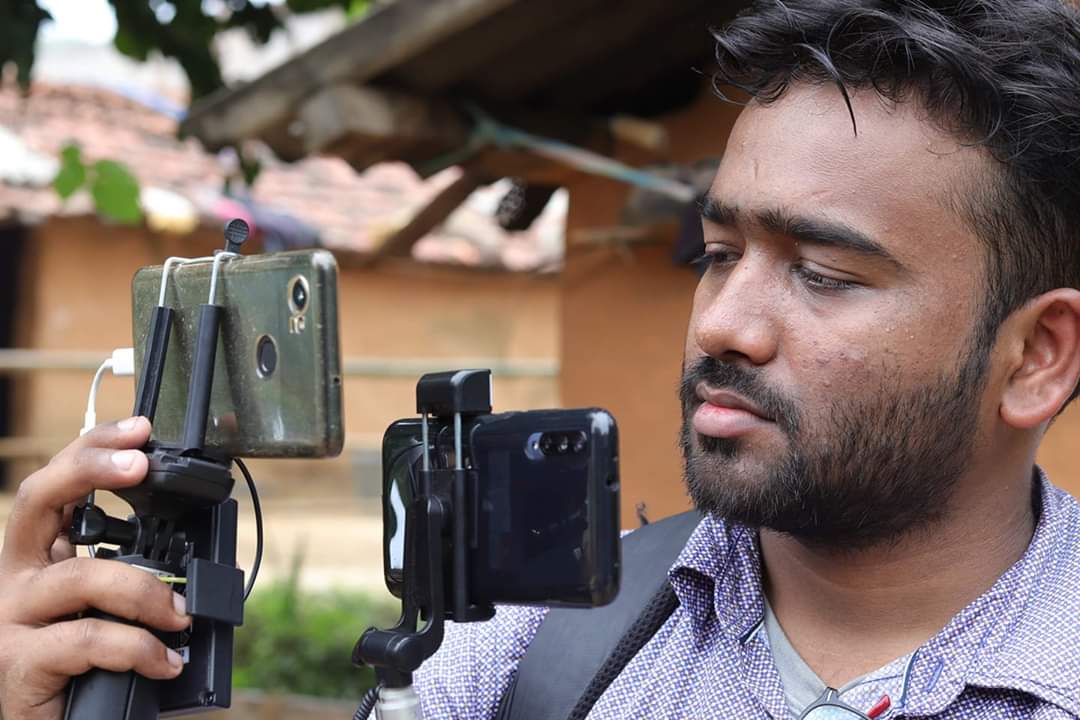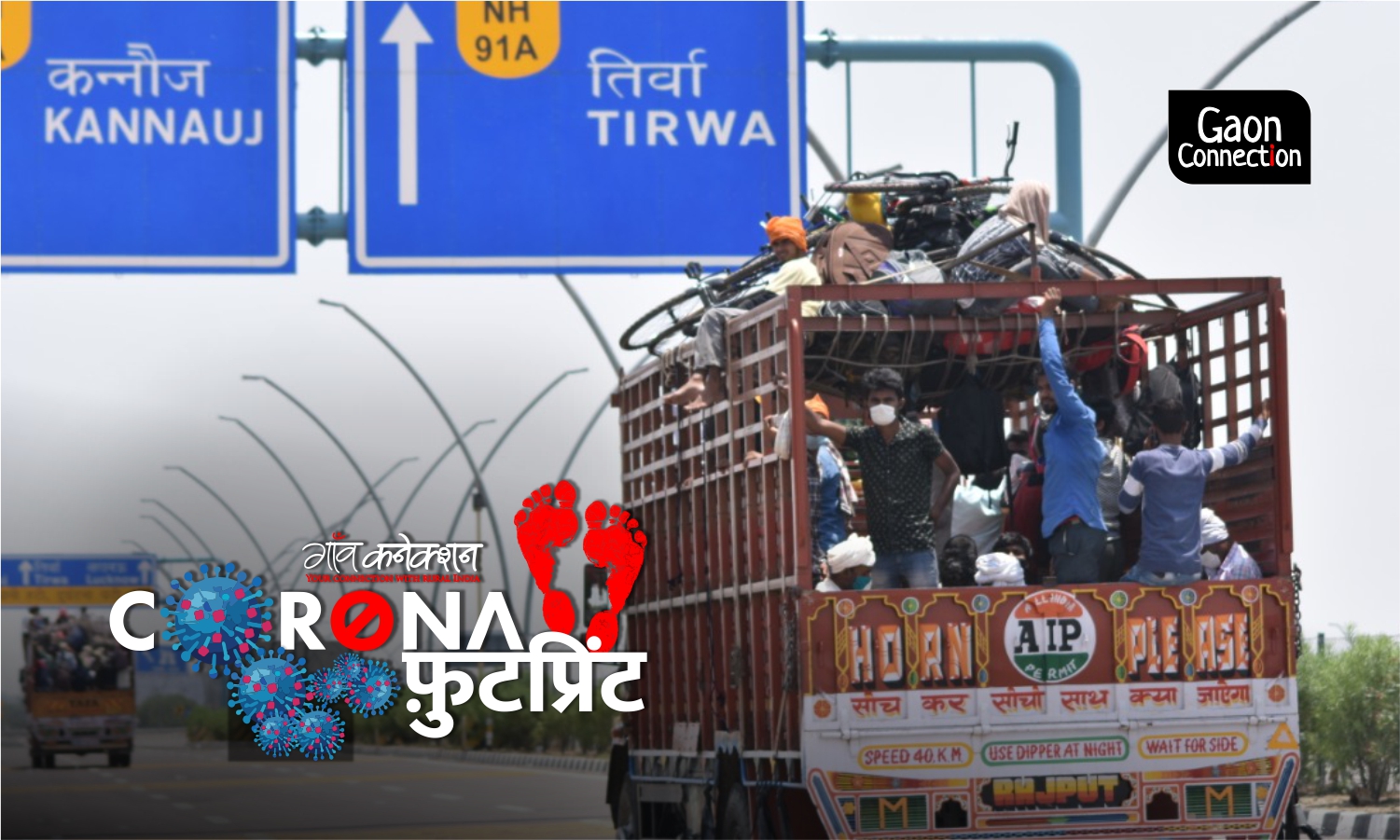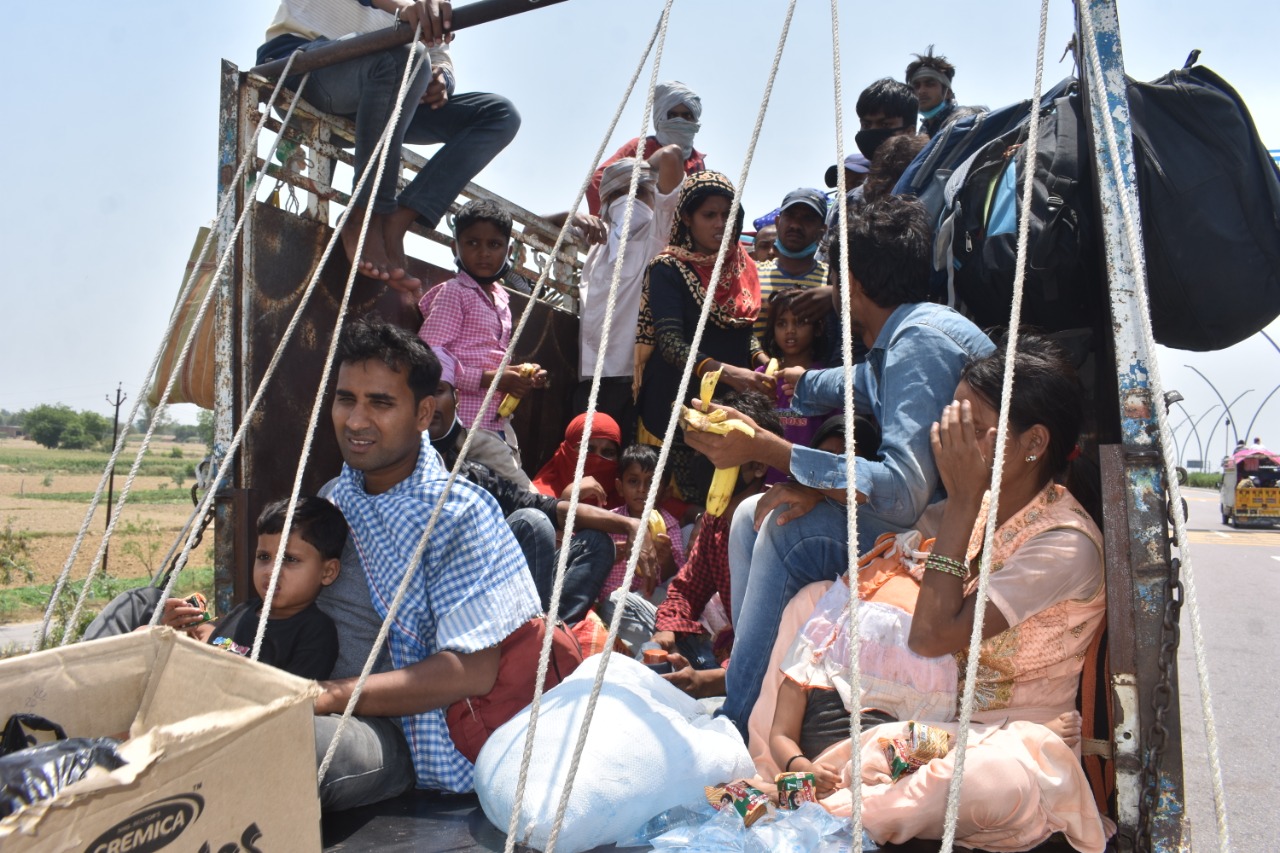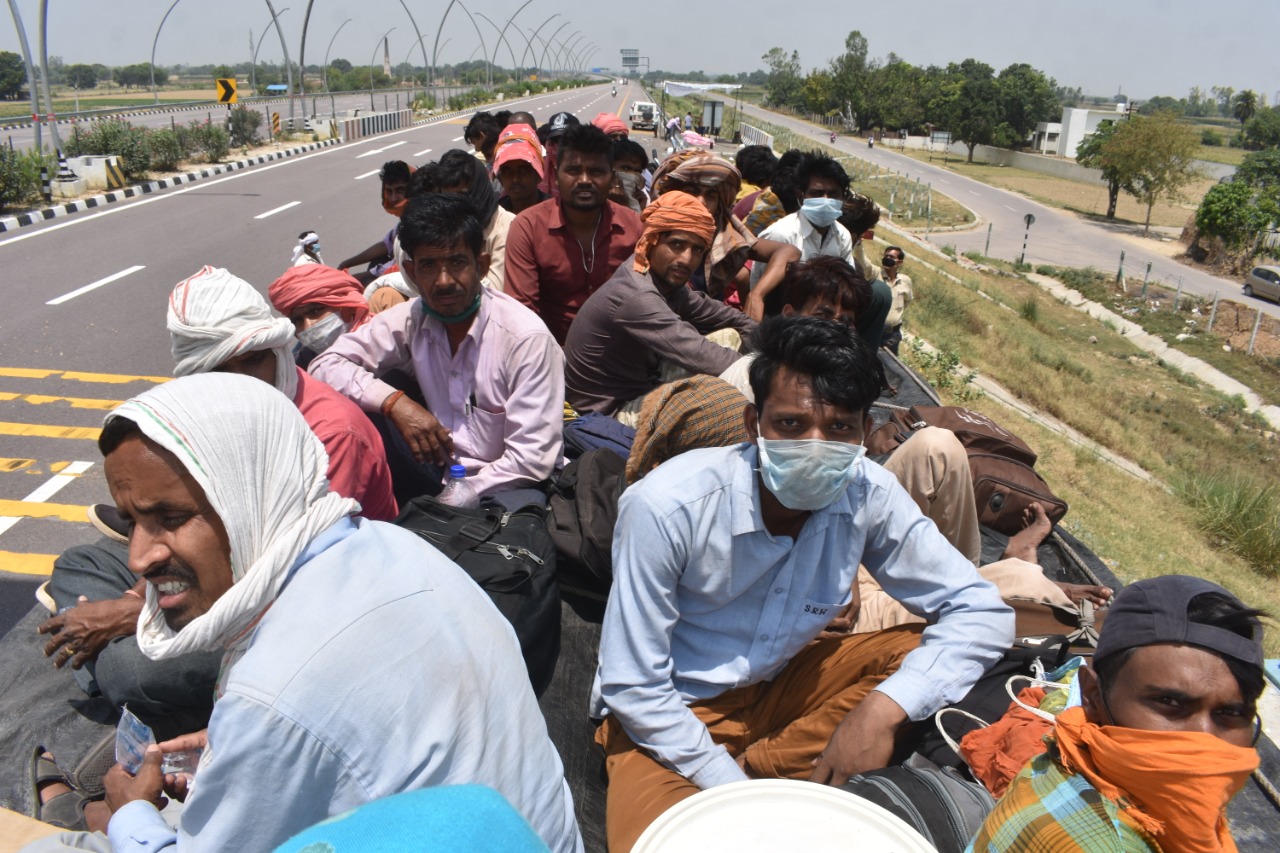Coronavirus is now gradually spreading in rural India. Villages are the new hotspots
On May 19, 50 people tested positive for coronavirus in Uttar Pradesh’s Basti district. All of them are migrant labourers who had returned from Mumbai a few days back


The novel coronavirus is gradually spreading its tentacles in rural India. On May 19, 50 people tested positive for coronavirus in Uttar Pradesh’s Basti district, around 200 kms from state capital Lucknow. All of them are migrant labourers who had returned from Mumbai a few days back.
Ashutosh Niranjan, the district magistrate of Basti, informed that these 50 migrant labourers came back from Mumbai on May 12 in a Shramik Special train – trains run by the government to bring migrant labourers stranded in different cities back. Fourteen labourers are from the Basti district, while the remaining 36 live in districts neighbouring the Gorakhpur Basti Mandal. These labourers were quarantined in Basti after a co-passenger — also a migrant labourer — died in the train they were travelling in. All the passengers from that particular coach were quarantined in the Basti. Had they returned to their respective villages; it would have been a disaster. The deceased person tested positive for coronavirus and the samples of five other passengers came positive too.
Seven districts fall under Basti and Gorakhpur Mandal. On May 19, 68 corona-positive cases emerged from here. Around 115 kms from here, in Deoria district, nine migrant labourers tested positive for coronavirus. A labourer who had returned from Mumbai tested positive for coronavirus in Gorakhpur, whereas two migrant labourers, who were on their way to Sant Kabir Nagar district in Uttar Pradesh, died on the way. Their reports showed they were corona-positive.
The number of cases of coronavirus is on the rise in Eastern and Central Uttar Pradesh, Bundelkhand, Bihar and Jharkhand. The numbers have gone up since migrant labourers started returning from cities to their homes in smaller towns and villages. Some migrants have returned from Indore, Ahmedabad, Surat and Mumbai which are the hotspots. Many areas in these states, that were in the green zone (safe) and orange zone (relatively safe) earlier are now in the red (danger) zone. It’s going to be an uphill task for the local administration to contain the spread of novel coronavirus in these areas.
In the past week, 14 districts in the Eastern and Central Uttar Pradesh have turned from green zone to the red zone. Twelve districts, including Gonda, Behraich, Balrampur, Fatehpur, Chitrakoot, Kushinagar and Chandauli that were previously in the green zone, now fall under the orange zone. Many migrant labourers have returned from outside.

The novel coronavirus is also spreading gradually in and around Varanasi. On May 19, 14 in Varanasi, seven in Gazipur, six in Mirzapur, five in Chandauli and one person in Baliya tested positive for coronavirus. Thirty-three positive cases were reported on a single day from Varanasi, Mirzapur and Azamgarh. Of these, 26 are migrant labourers. There are confirmed 265 cases in Varanasi, Jaunpur, Gazipur, Mirzapur, Bhadohi, Chandauli, Mau, Azamgarh, Baliya and Sonbhadra districts.
Lalitpur district, which falls in Bundelkhand, is the most sensitive district as thousands of migrant labourers are reaching here on a daily basis or are crossing this district. The district falls on the border of Uttar Pradesh and Madhya Pradesh. Many districts in Madhya Pradesh, like Nivadi, Tikamgarh, Sagar, Ashok Nagar, Guna, Shivpuri and Chhattarpur share their border with Lalitpur. Many laborers are reaching here via the National Highway as well as from many arterial routes. This is making things difficult for the district administration.
Lalitpur district magistrate Yogesh Kumar Shukla said: “More than a lakh migrant labourer have crossed Lalitpur so far. Around 50,000 others who have reached are from Lalitpur. There are no positive cases in Lalitpur so far, but considering thousands are coming here on a daily basis, we are worried. The locals are worried too.”

Himanshu Gupta, who lives in the Auraiya district in Uttar Pradesh, said: “There are 10 corona-positive cases in our district. All are migrants, who have returned from Ahmedabad and Gurugram. The locals are safe as of now.”
Sandeep Bansal, a social worker who lives in Kanpur dehat, said: “There was not a single corona-positive case in our district. The cases have gone up with the arrival of migrant labourers. We were in the green zone earlier; now we are in the orange zone. Those who are coming from outside are not taking necessary precautions. The gram pradhans are also not being very strict as the panchayat elections are due this year.”
In Bihar too, the situation is spiraling out of control. There are 1,500 corona-positive cases in the state, of which 50 per cent are migrant labourers. As per the state health department, 70 per cent cases are in the rural areas, as the migrants coming from outside are straightaway going back to their villages. Many villages are now the new hotspots, which is a cause of concern.
The situation is no different in Jharkhand. On May 18, eight people tested positive and on May 19, this number doubled to 16. The cases have gone up since the arrival of migrant labourers. There were 248 positive cases in Jharkhand until May 19, of which 55 per cent are in the rural areas. More than one lakh migrant labourers have returned to Jharkhand, of which 100 are corona-positive.
Most of the cases are found in Ranchi, Gadhva and Hazaribaug districts. Until May 19, corona-positive patients were found in 20 of the 24 districts in Jharkhand.

Where did the administration go wrong?
The administration wasn’t strict enough in putting all those migrant labourers who were arriving from outside in quarantine centers. These labourers are stuffing themselves in buses and trucks to reach home, so it’s difficult to expect them to maintain social distancing. So, they are inadvertently, spreading corona. Basti is the prime example of this wherein 50 migrant labourers were found corona-positive on a single day. Earlier, in Sant Kabir Nagar district, 25 members of a single family had tested positive as one family member who had come from outside did not quarantine himself.
Most of the migrant labourers have not been following the social distancing and quarantine norms. The quarantine facilities are in bad condition, which is provoking these labourers to flee from these centers.
Even the locals are not being vigilant. On May 19, when Gaon Connection team reached Mirzapur, it was business as usual. People were not wearing masks, or following social distancing norms. Devi Shankar Mishra, a lawyer, said: “People are not following lockdown norms here as they are in the cities. The cases are rising, yet people are not bothered.”
Vivek Mishra, a resident of Vidapur village in Mirzapur, said: “Every day, many labourers are arriving from Mumbai. They are just waking into the villages.”
Sikandar Ali, a social worker, who has been proactively working for the migrant labourers in Jharkhand, said: “The migrant labourers are reaching villages and the number of cases is going up. Those districts that were safe until now are not safe anymore. Many cases have come up in Ranchi. The entire village of Murungtoli, that falls in the Dungri Panchayat, has been quarantined after a person tested positive here.”
With inputs from Arvind Shukla in Bundelkhand, Mithilesh Dhar Dubey from Purvanchal, Neetu Singh from Awadh and Kushal Mishra.

